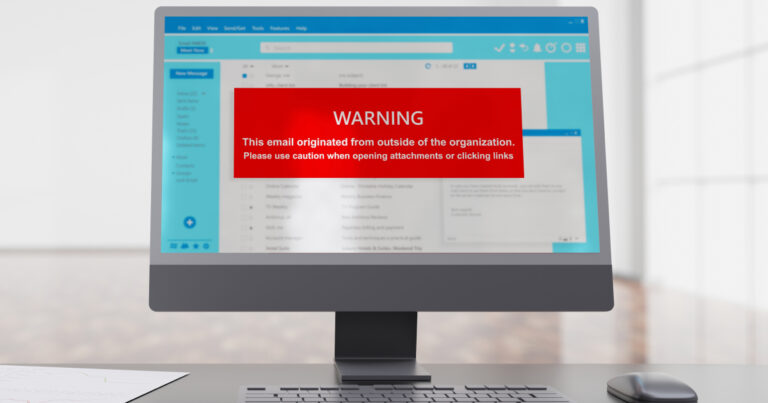Sending SMS text messages to customers is an appropriate, convenient marketing tool for businesses as long as it is used legally and ethically. Nearly everyone carries a cell phone with them, and Short Message Service texts, known as SMS texts, are opened 98% of the time, making this a highly effective marketing channel with an excellent reach.
But success stories do not mean SMS marketing comes without risks or challenges. Any business planning to send text messages to customers should follow certain SMS marketing tips.
About SMS Marketing
SMS marketing involves sending text messages to potential and current customers and clients on behalf of a brand to boost engagement and increase revenue. These campaigns can send automated, personalized communications at any time from anywhere, so not only are business text messaging capabilities flexible, but they are also powerful.
What are the risks of SMS marketing?
SMS marketing is strictly regulated and failing to follow consent requirements per disclosure laws and consumer protection acts puts businesses at risk of fines and penalties. Although this marketing method is sometimes called “text blasting,” the last thing a business should do is overwhelm customers with generic messaging about sales, deals or updates. This practice can cause recipients to block the sender or opt out of such messaging and wireless carriers might even blacklist the company’s number.
Guidelines for Sending SMS Marketing Texts
Sending a text message for business use or marketing is not only convenient for the sender, but customers also gets helpful information delivered directly to their phones. While businesses should take advantage of the opportunity to reach customers in a new way, failing to balance the communication frequency appropriately can turn off consumers and damage the brand’s reputation. To send text messages to customers legally and ethically, businesses should consider these four guidelines for SMS messaging:
1. Follow SMS Messaging Rules
The No.1 rule of SMS marketing is that consumers must opt in to receive promotional messages through an online form, website popup, physical form or other means. Per the Telephone Consumer Protection Act, businesses must first obtain express permission from consumers before sending SMS marketing texts. Even though a customer provides a phone number to complete a transaction, that does not give a business permission to contact the customer for any reason other than the order or purchase.
A double opt-in can also be set up to provide extra protection for a business; this can be achieved simply by asking a text recipient to reply to the opt-in message with a specific keyword. Companies should also make opting out of marketing messages just as quick and easy as opting in.
2. Send Relevant, Timely Text Messages
Companies should send text alerts to customers at a limited frequency and at appropriate hours of the day so recipients feel informed but do not feel badgered or intruded upon. Most SMS marketing services can account for time zones and recommend ideal send times to help prevent messages from reaching customers at inappropriate times. Businesses should consider reserving text messages for particularly urgent or important information, such as appointment reminders, order notifications or new product releases, and use email marketing for all other communications.
3. Choose the Right SMS Marketing Platform
Text message marketing for a small business or large enterprise can be simplified with the right SMS service. Thankfully, various easy-to-use platforms are available to help marketers automate and track the SMS texts they send. A few of the best SMS marketing services for companies entering into this channel include:
- TextMagic: a particularly good option for those looking to get started with text messaging quickly and easily
- SimpleTexting: an affordable, all-in-one service for SMS marketing campaigns and one-on-one conversations with customers
- EZ Texting: a popular text-messaging service that is full-featured and simple enough for those with limited technical experience to use
4. Avoid Spamming Customers
Spamming a consented audience with impersonal, bulk messages is a quick way to get customers to opt out of receiving marketing communications. And messaging an audience that has not opted in is illegal and can result in hefty fines and a damaged business reputation. To effectively send text reminders to large groups who have opted in, businesses should segment the audience into related groups so consumers receive only relevant content that is likely to pique their interests. Many SMS messaging services, including the ones mentioned above, allow businesses to address customers by name, reference recent purchases or browsing habits, and interact on a one-on-one level so communications do not feel like spam.
Sample Text Messages To Send Customers
Businesses should take advantage of a variety of message styles to address customers throughout their buying journeys. SMS marketing texts can include welcome messages, follow-ups or win-back campaigns, promotional information, event reminders, customer service exchanges and loyalty program updates. These texts can include links to the company’s website or sign-up forms to encourage engagement. Some sample text messages to jump-start these various communications include:
- Welcome Message: Hi, [name]! Now you will be first to hear about our special events and details at [business name].
- Follow-up Message: Thanks for downloading our free guide. Try a free trial today! [link].
- Promotional Message: Catch this weekend’s holiday sale. Take [sale detail] off every order online or in-store.
- Event Message: [name of event] Webinar sign-up is open. Click here to join us on Tuesday!
- Customer Service: Thank you for your purchase! Your order number is [order number]. View updates on your order here. [link]
- Loyalty/Rewards Message: Our VIPs earn early access to every new drop. Come see what’s next! [link]
- Payment/Pickup Reminders: We miss you! Update your payment information and come back. [link]
Find out how a business mobile plan can help a company build connections between customers and colleagues. FTC’s Business Wireless Plans provide unlimited data and endless capabilities. Visit ftc.net/business to find the internet, wireless and IT services to keep any company running smoothly and securely.




